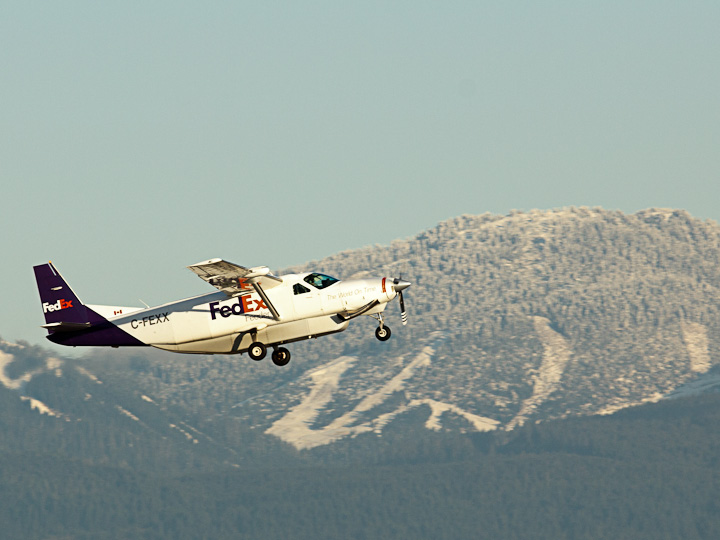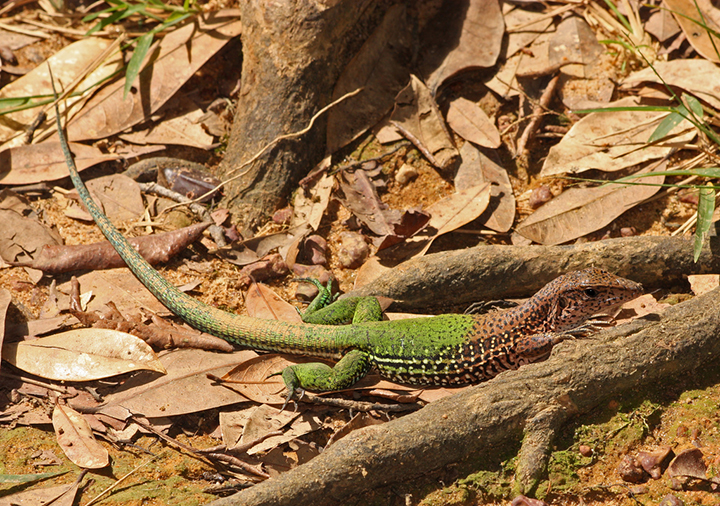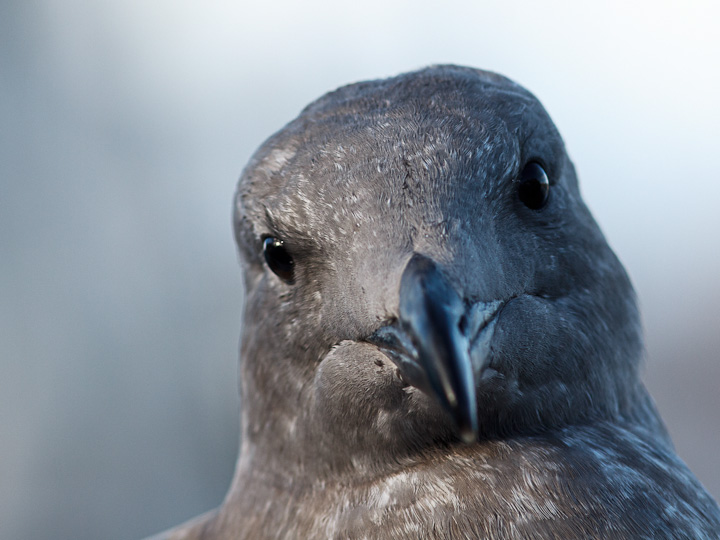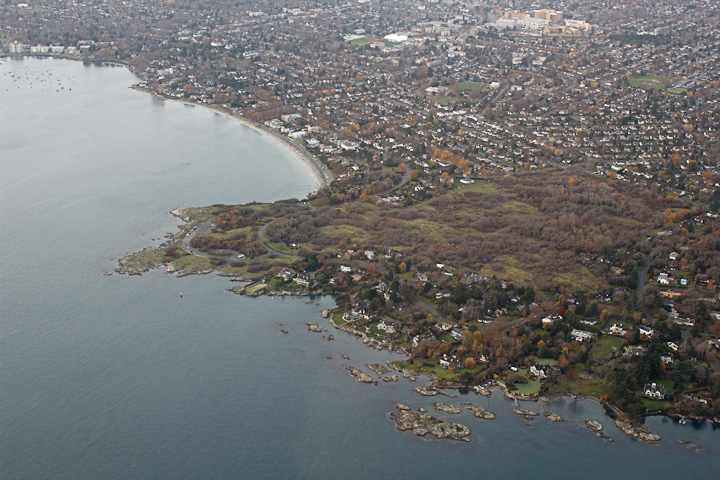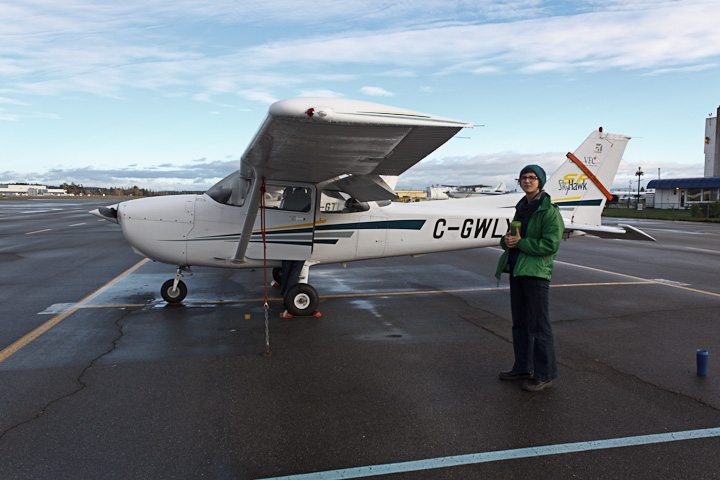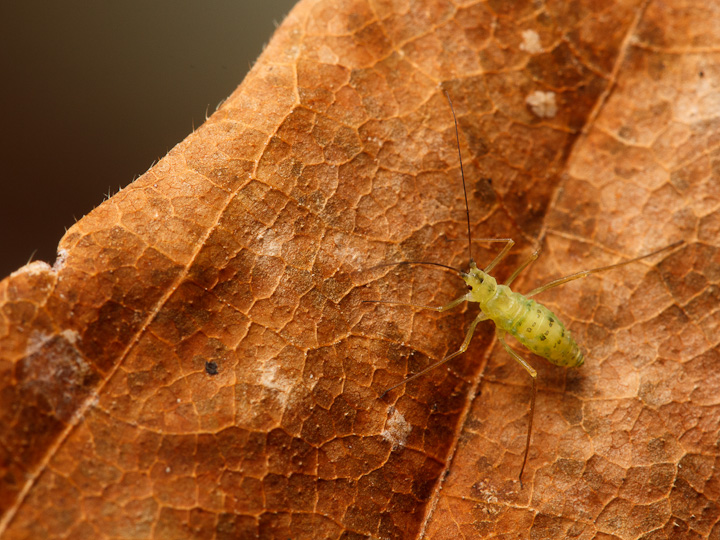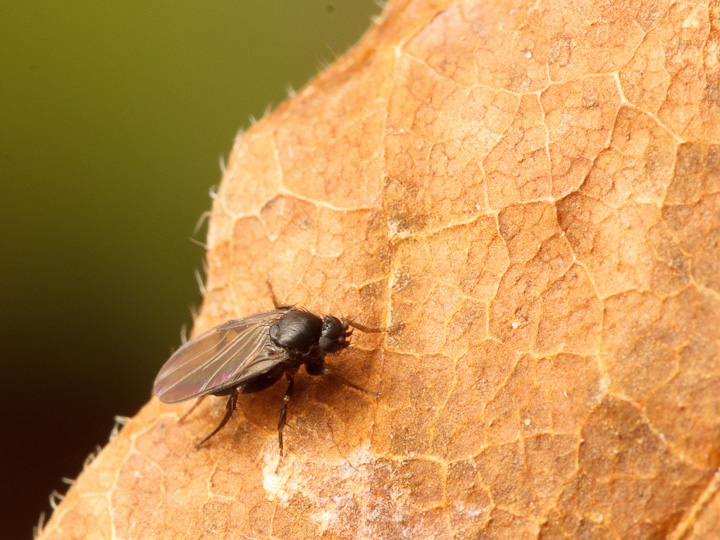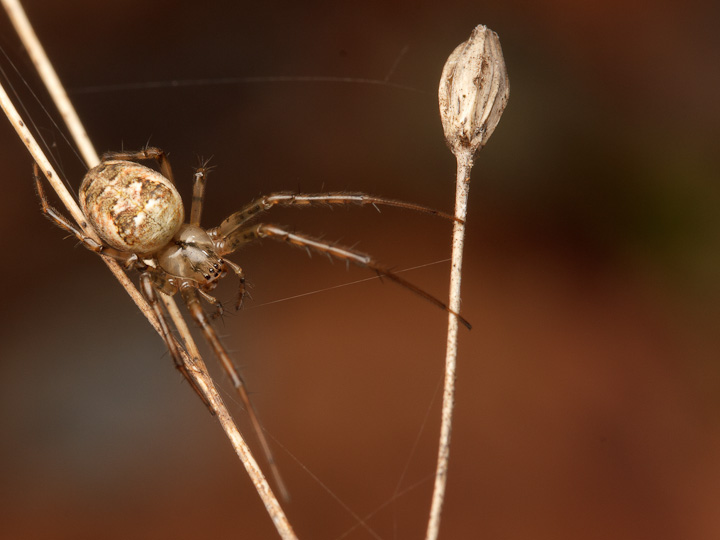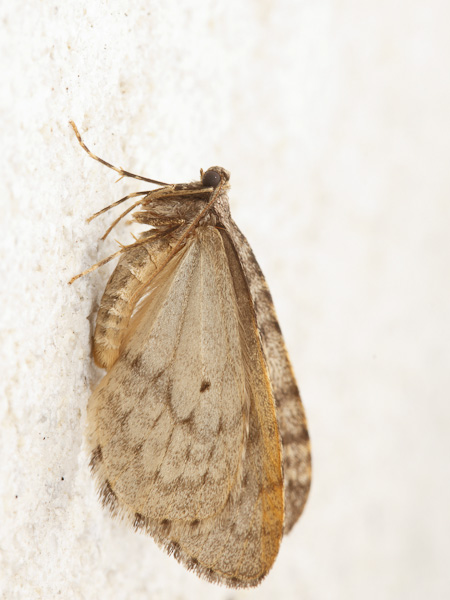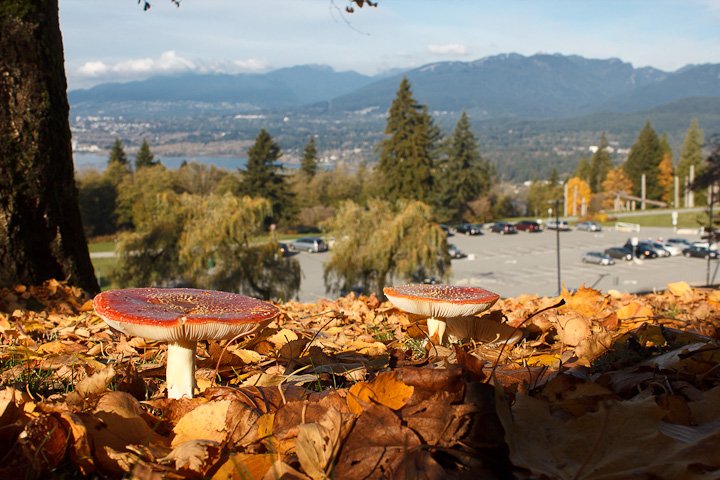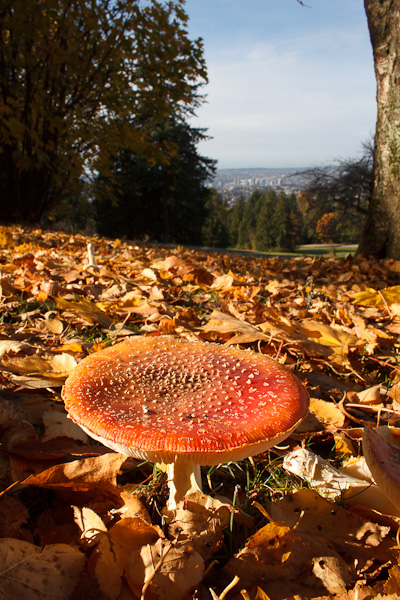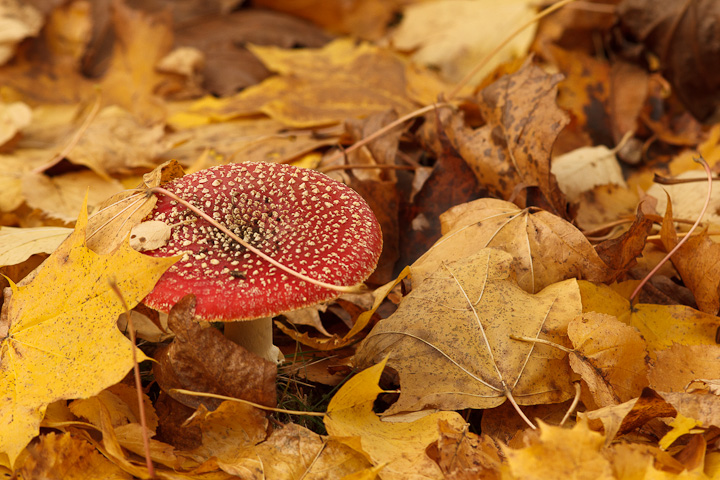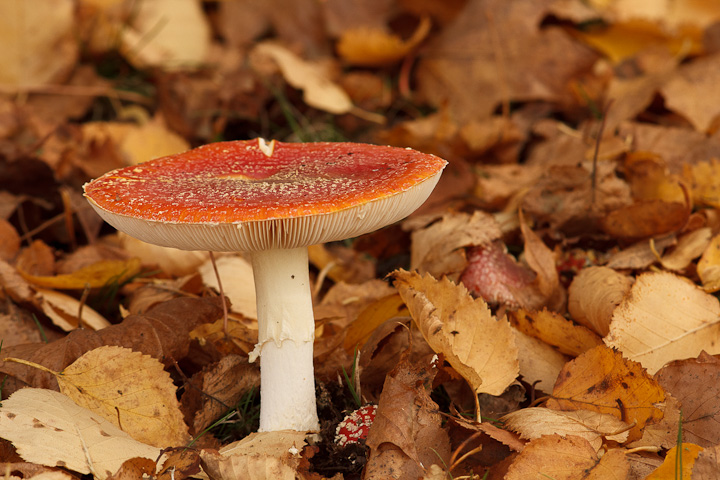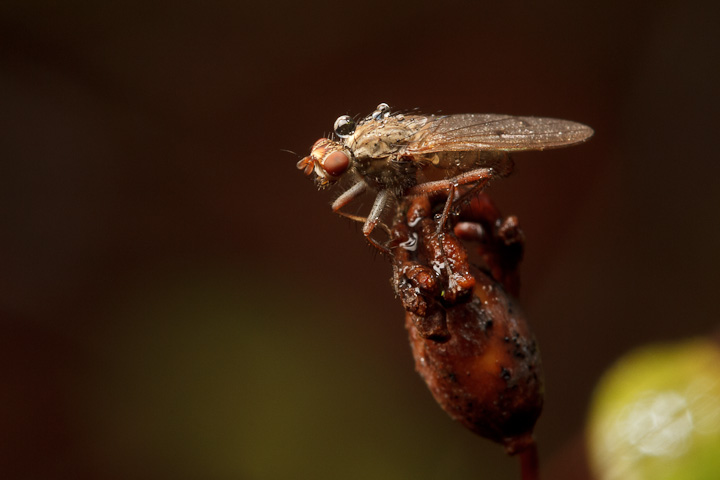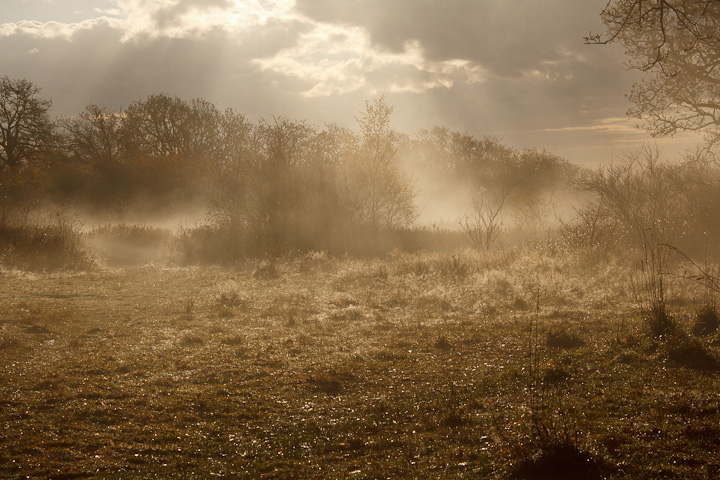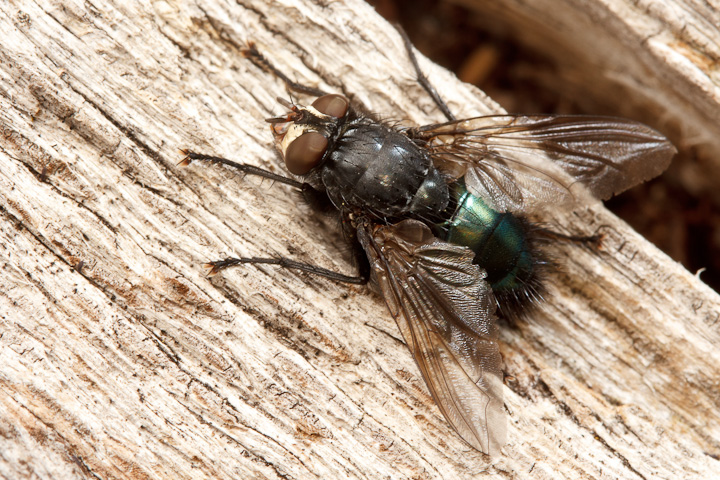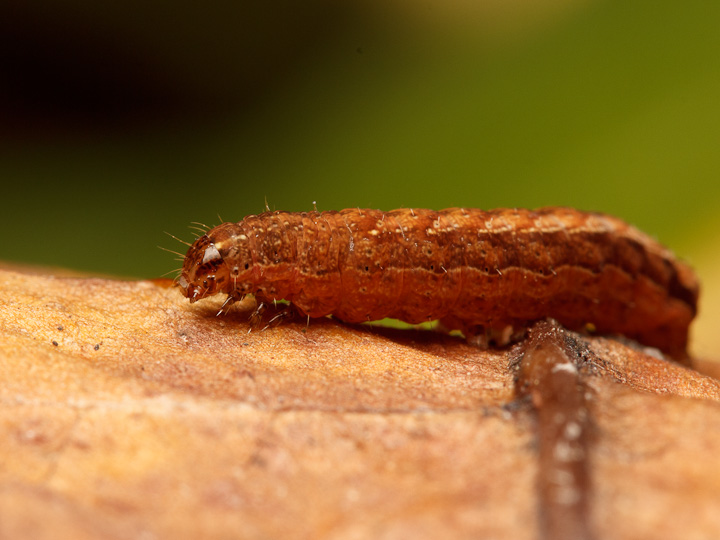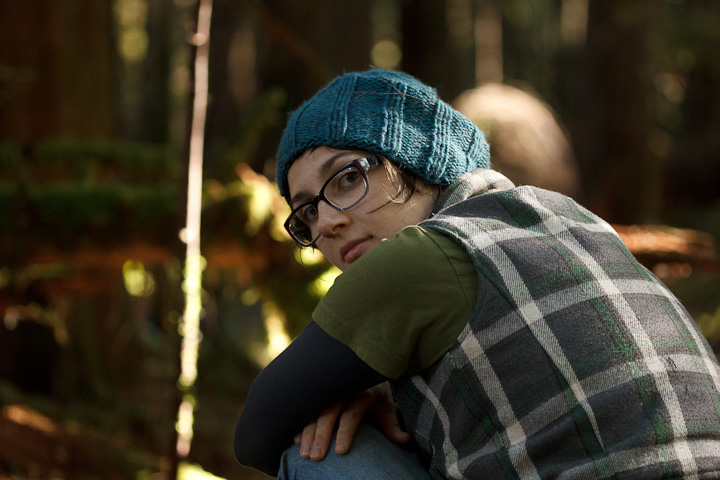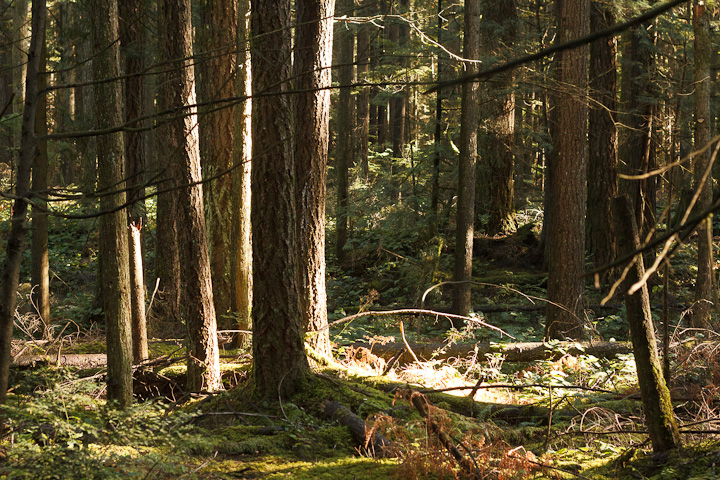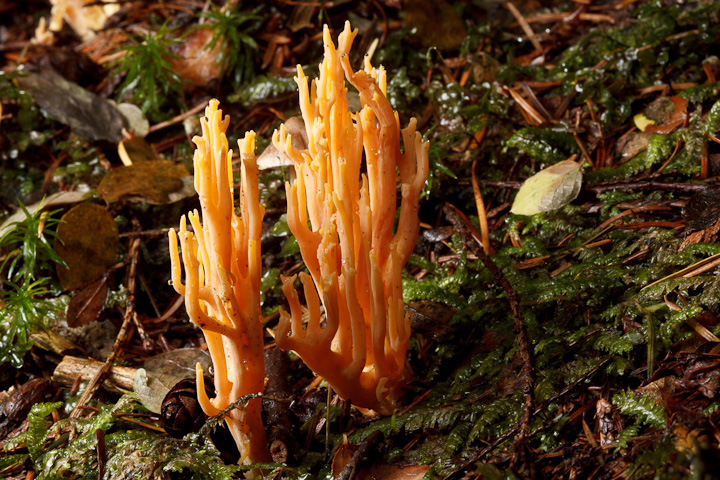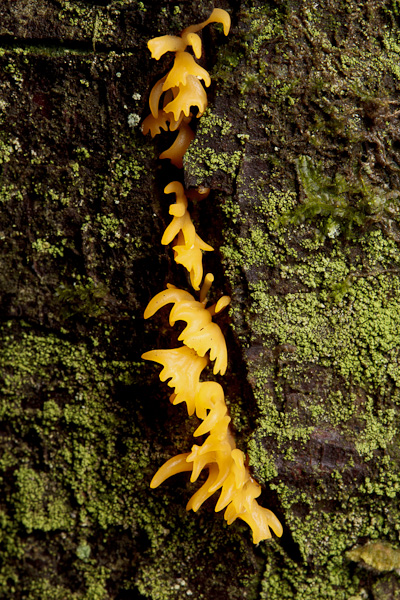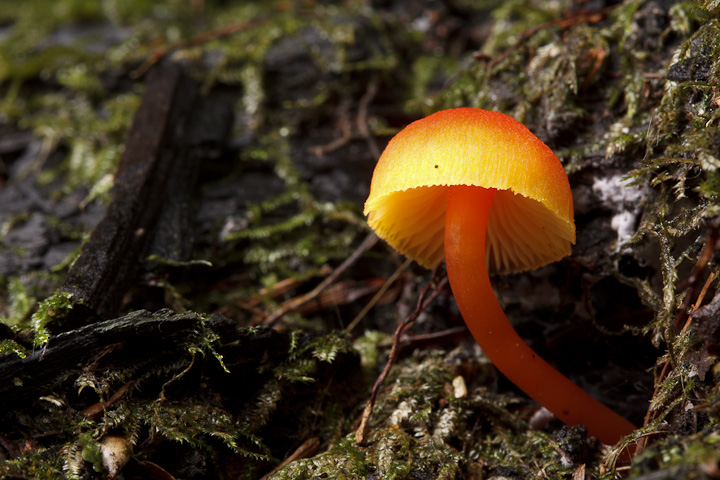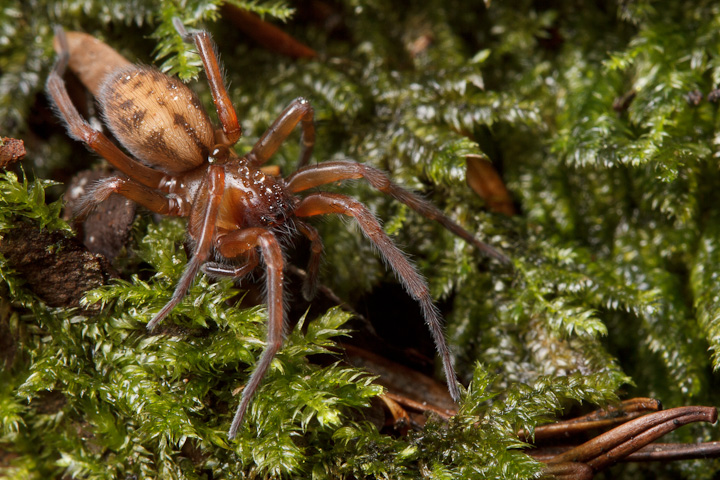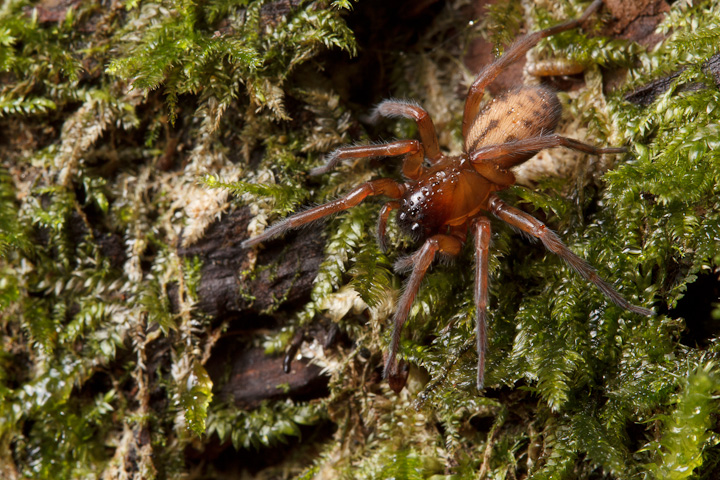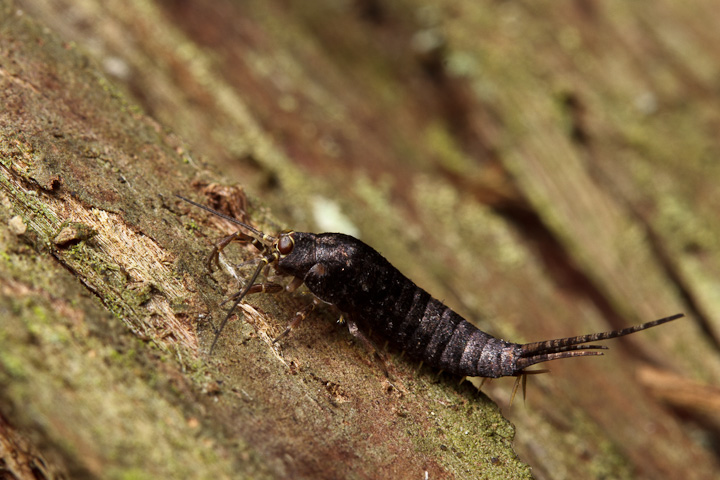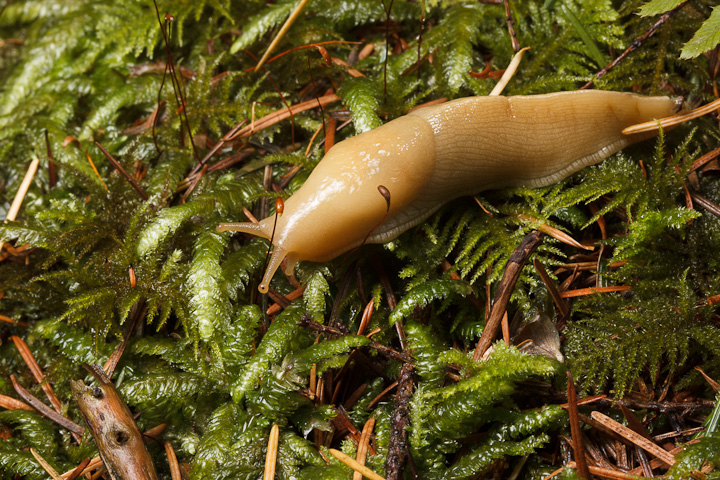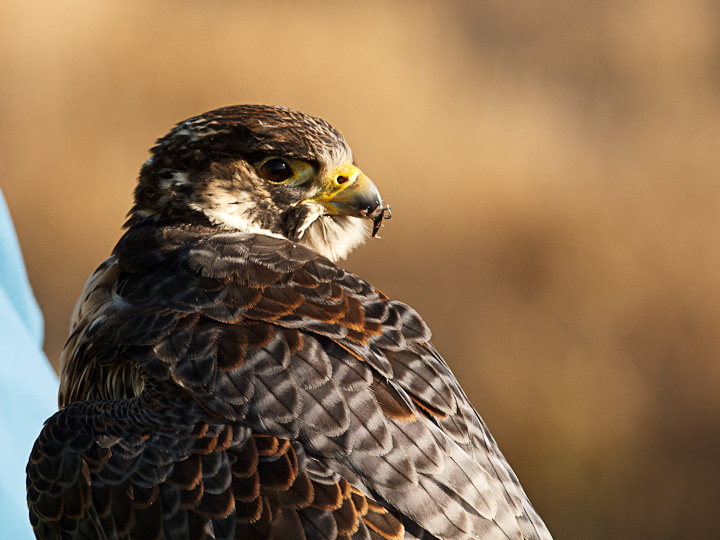
I am currently doing a little freelance entomology at Vancouver International Airport, for their wildlife control division. I work with three talented students from BCIT, Audrey Law, Miranda Threlfall and Brendon Tijman. These guys are great, and have managed to learn insect ID despite not having a reference collection to work with. As part of getting familiar with the whole operation, our wonderful supervisor David Bradbeer took us out for a tour of airside operations, so we could see wildlife control in action.

So the basic idea revolves around birds. These big birds carry a bunch of humans around. The human lives on the big birds are worth a lot, and the birds themselves are not cheap either.
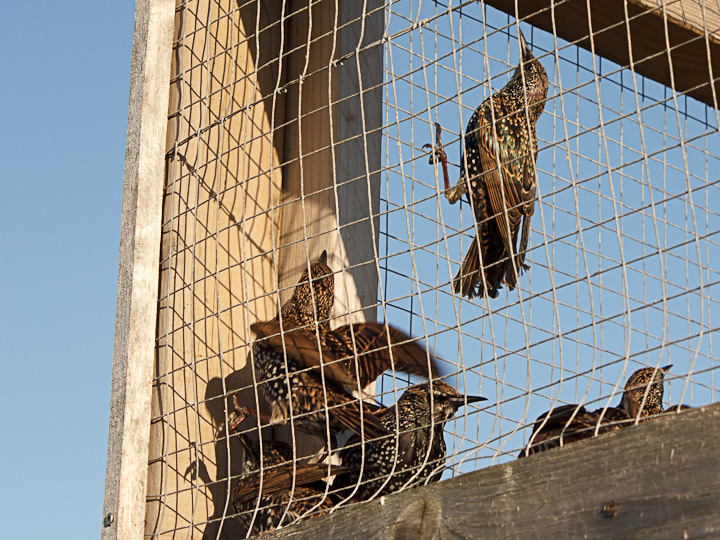
Smaller birds, such as these starlings, can really mess up the operations of the big birds, and make everyone have a really bad day. So Wildlife Control is there to make sure the airport is a safe place for the big birds to do their thing.
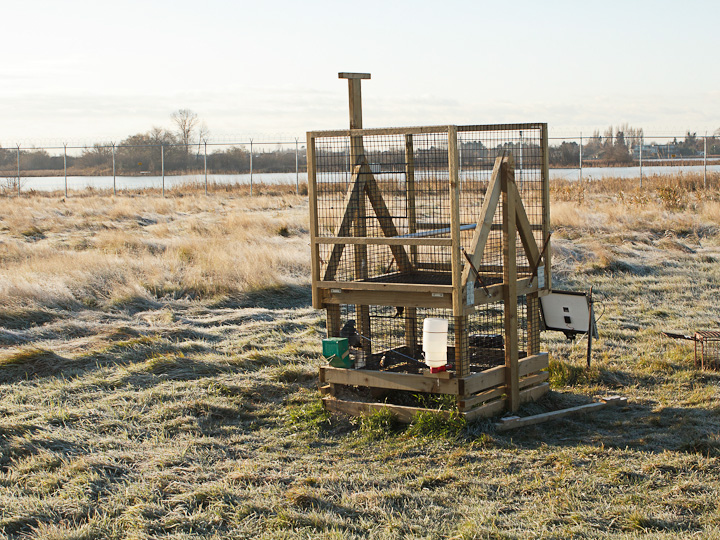
Some of the larger raptors, like hawks, can really dampen the mood during takeoff and landing, so some of these are trapped and relocated using things like this Swedish Goshawk Trap. If this baby is triggered by a trapped bird, wildlife control gets a text, saying “come take this hawk out!”.
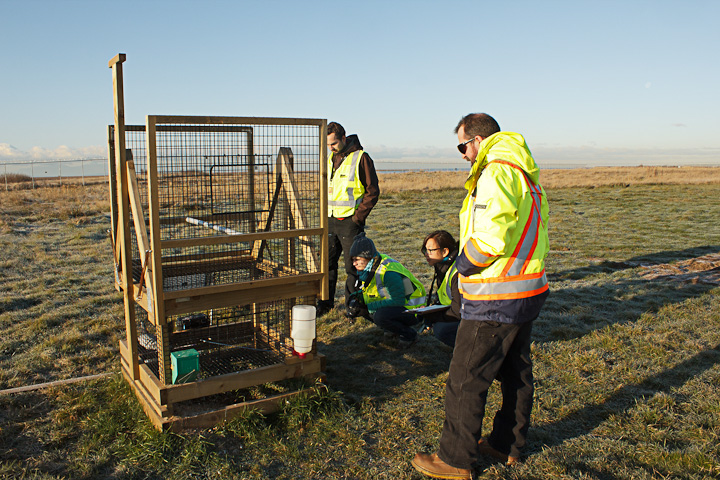
David shows the students how the trap works.
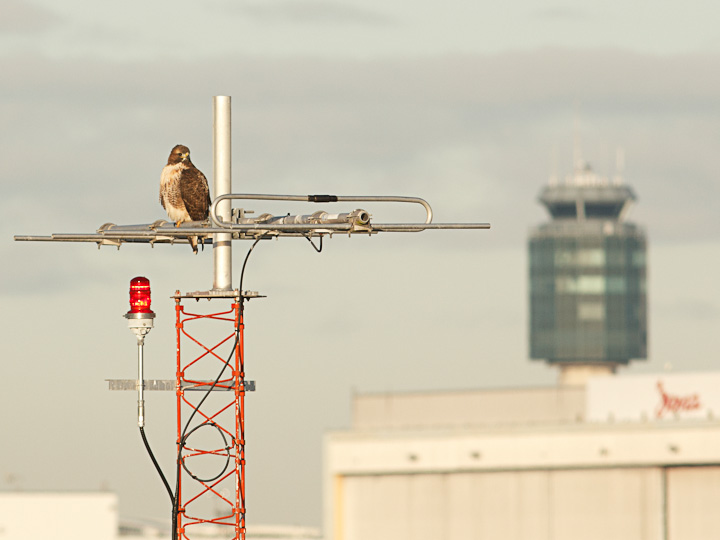
Some of the resident hawks, long used to airfield conditions, are not much of a problem, and are tolerated. They are marked and keep their territories relatively free of less-experienced, more dangerous naiive birds.
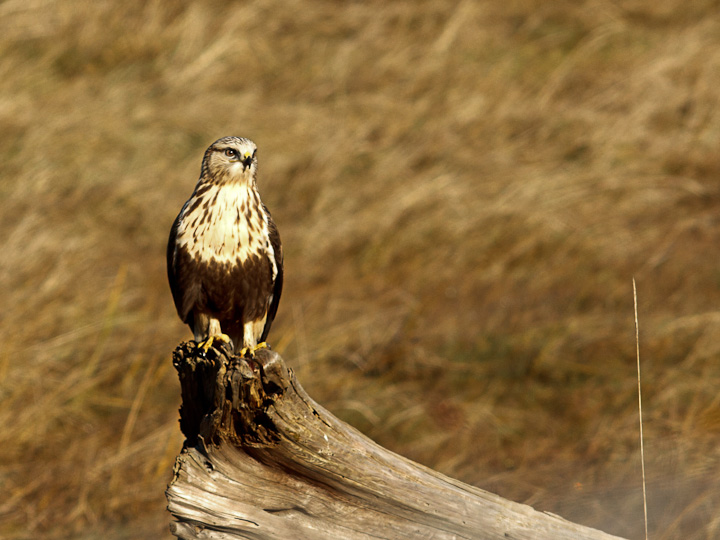
Others, such as this Rough-legged Hawk, are migrants, with little notion of airfield etiquette, and can pose a bigger hazard. Unfortunately, they are also difficult to trap!

One of the ways to keep birds moving off the airfield is with pyrotechnics, such as this little starter pistol. It fires a banger or flare, and can encourage some species to leave the area.
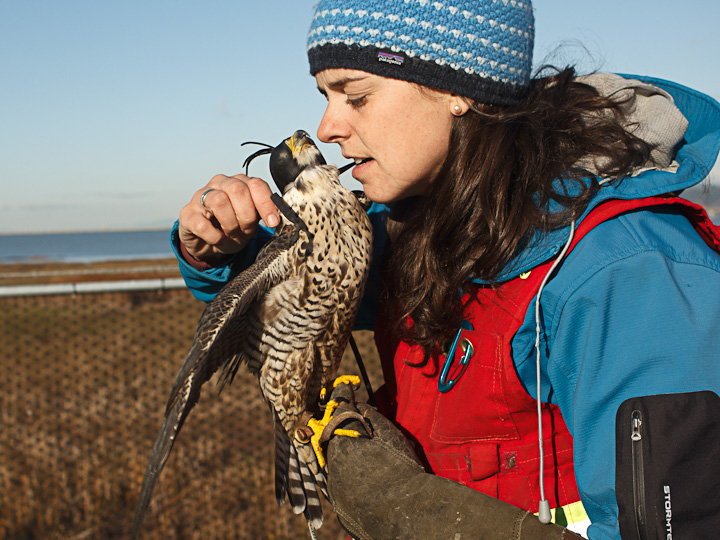
If pyrotechnics don’t work, another way to move birds out of danger is to exploit their fear of predators. Here Emily Flemming from Pacific Northwest Raptors prepares a young Peregrine tiercel for flight.
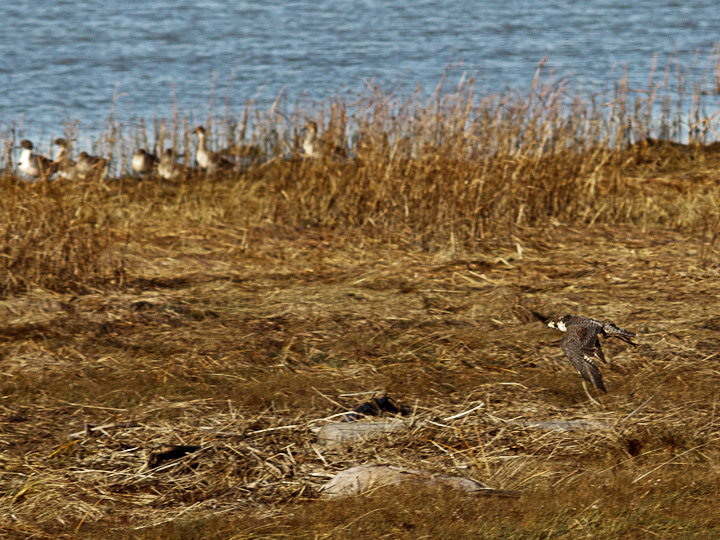
These peregrines can clear out dunlin faster than pyrotechnics.
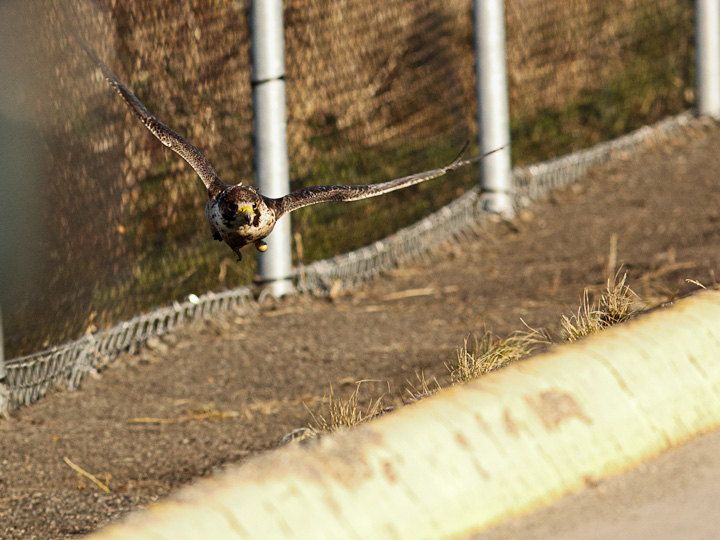
They are awesome in flight, but hard to focus on!
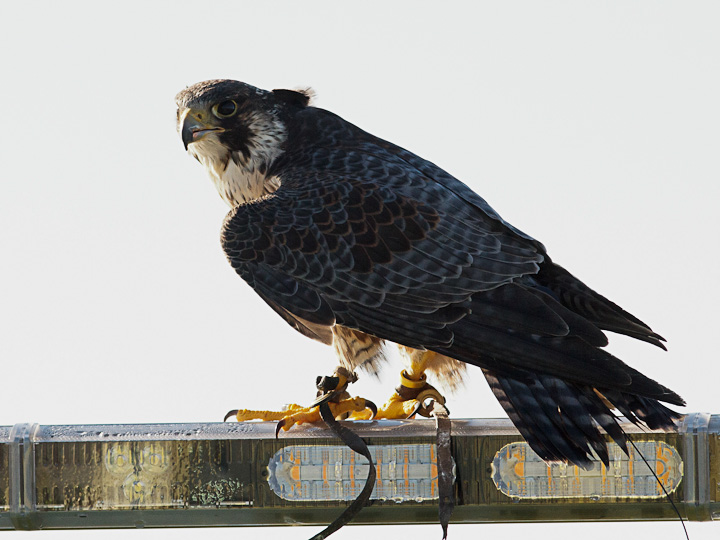
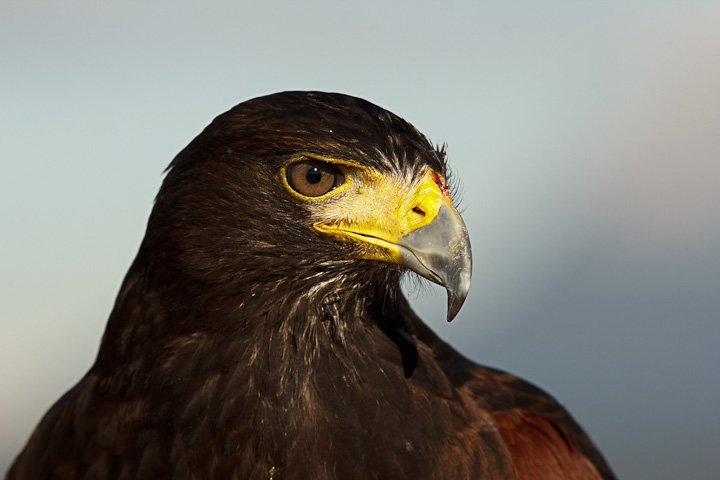
A Harris’ Hawk, is a bit slower and more of a generalist. They can scare anything duck size and below.
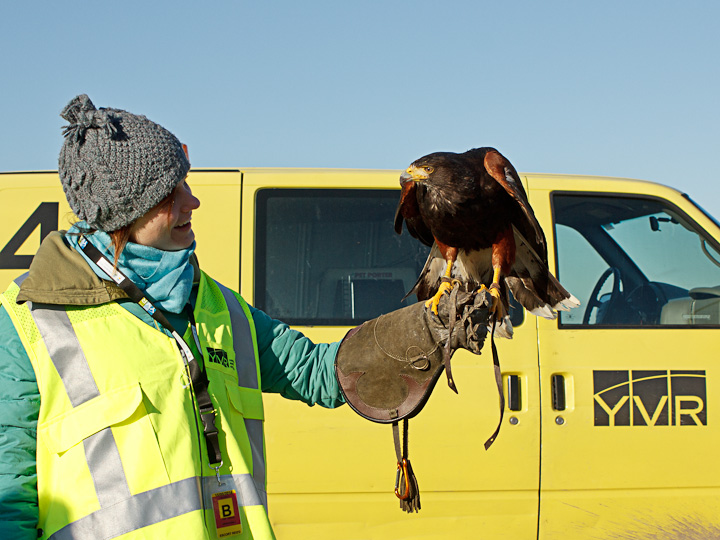
Miranda checks out the Harris’ Hawk.

Audrey gets a close encounter.
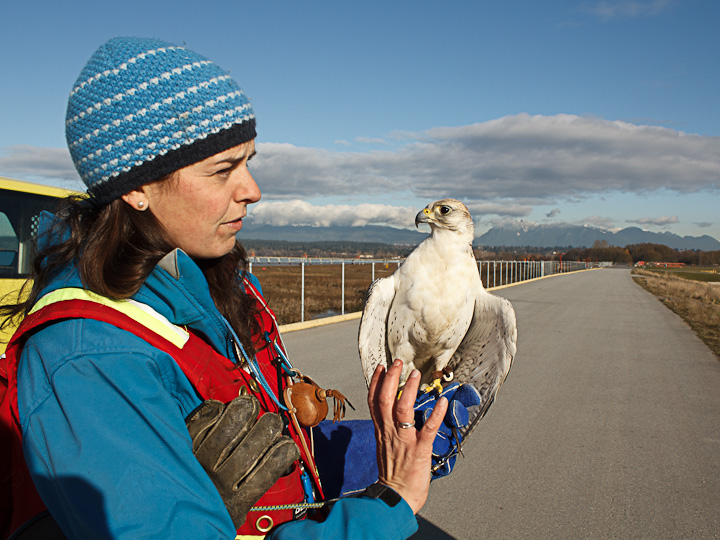
It is a full time job keeping birds and planes from unfortunate collisions, but with YVR Wildlife Services on the job, the airport operations are much easier to manage.
